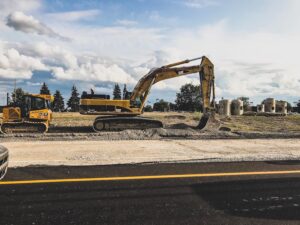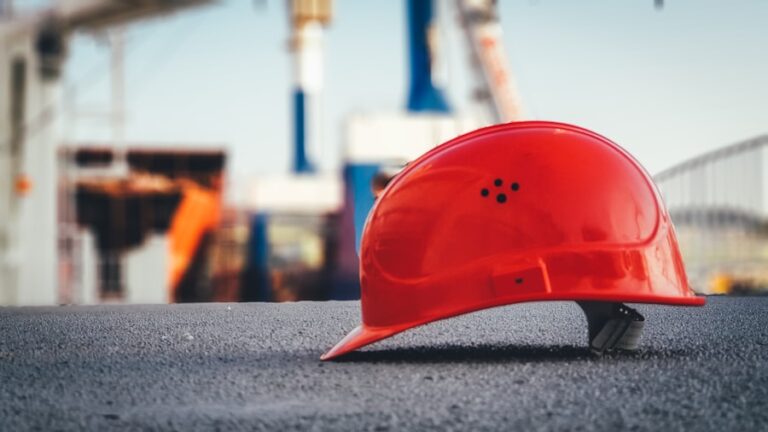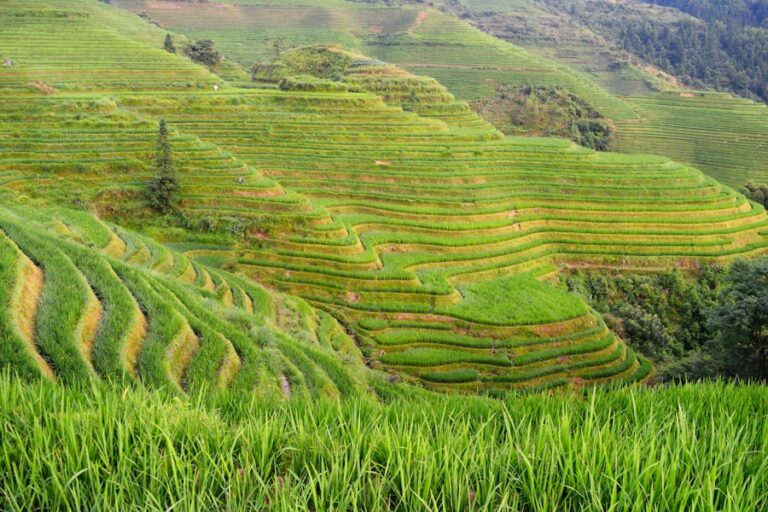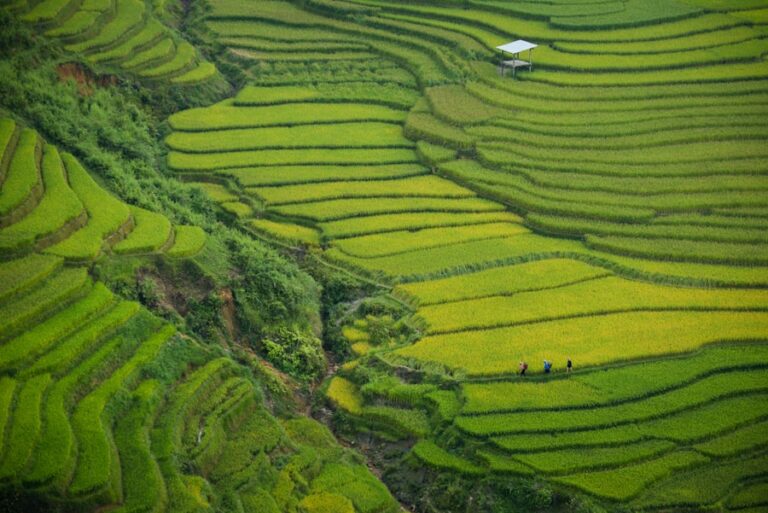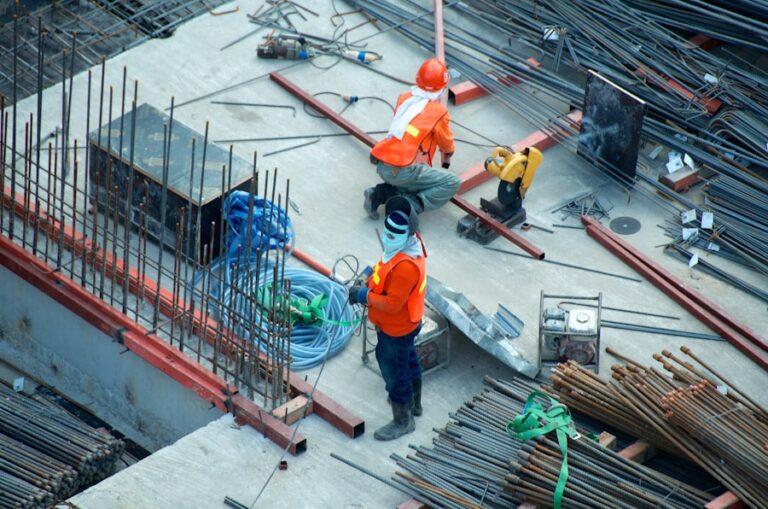Balinese architecture is a unique and intricate style that has been developed over centuries. Traditional Balinese buildings are characterized by their use of natural materials, intricate carvings, and ornate decorations. The most iconic feature of Balinese architecture is the use of thatched roofs, which are made from palm leaves and bamboo. These roofs are not only beautiful but also provide excellent insulation, keeping the interior of the buildings cool in the hot tropical climate. Another key element of Balinese architecture is the use of open spaces and courtyards, which are designed to promote natural ventilation and create a sense of harmony with the surrounding environment.
In addition to their use of natural materials, traditional Balinese buildings are also known for their intricate carvings and decorations. Balinese craftsmen are highly skilled in wood and stone carving, and their work can be seen in the elaborate doorways, windows, and temple facades that adorn many buildings on the island. These carvings often depict scenes from Hindu mythology or local folklore, and they are an important part of Balinese cultural identity. Overall, traditional Balinese architecture is a reflection of the island’s rich cultural heritage and its close connection to the natural world.
Sustainable Building Practices
In recent years, there has been a growing emphasis on sustainable building practices in Bali. As the island’s population and tourism industry continue to grow, there is a greater awareness of the need to protect the environment and preserve Balinese culture. Sustainable building practices in Bali often involve the use of locally-sourced materials, such as bamboo, stone, and recycled wood. These materials not only have a lower environmental impact but also help to support local communities and traditional craftsmanship.
Another important aspect of sustainable building in Bali is the use of passive design principles to reduce energy consumption. This includes designing buildings with natural ventilation, shading, and insulation to minimize the need for artificial cooling systems. Additionally, there is a growing interest in incorporating renewable energy sources, such as solar panels and rainwater harvesting systems, into new construction projects. By embracing sustainable building practices, Bali is not only preserving its natural beauty but also setting an example for other regions facing similar environmental challenges.
Modern Construction Techniques
While traditional Balinese architecture remains an important part of the island’s cultural identity, modern construction techniques have also made their mark in Bali. With the rise of tourism and development, there has been an increasing demand for modern amenities and infrastructure on the island. This has led to the adoption of contemporary construction methods, such as reinforced concrete structures and steel framing, in addition to traditional building techniques.
Modern construction techniques have allowed for the creation of larger and more complex buildings, such as hotels, resorts, and commercial developments. These structures often incorporate modern amenities, such as air conditioning, elevators, and advanced plumbing systems, to meet the needs of a growing population and tourism industry. While modern construction techniques have brought many benefits to Bali, there is also a need to balance these developments with the preservation of traditional architecture and the natural environment.
Use of Local Materials
The use of local materials has long been a hallmark of Balinese architecture and continues to be an important consideration in modern construction projects. Locally-sourced materials not only reflect the island’s cultural heritage but also contribute to sustainable building practices by reducing the environmental impact of construction. Bamboo, for example, is a versatile and sustainable material that has been used in Balinese construction for centuries. It is lightweight, flexible, and incredibly strong, making it an ideal choice for building structures and furniture.
Stone is another locally-sourced material that is widely used in Balinese architecture. The island is rich in volcanic rock, which is quarried and carved into intricate sculptures, statues, and building facades. In addition to its aesthetic appeal, stone is also durable and weather-resistant, making it well-suited for Bali’s tropical climate. By utilizing local materials like bamboo and stone, builders in Bali are able to create structures that are not only beautiful but also environmentally friendly and culturally significant.
Balinese Design Influences
Balinese design influences can be seen in a wide range of architectural styles and decorative arts throughout the island. The most prominent influence comes from Hindu mythology and religious symbolism, which is often depicted in carvings, paintings, and sculptures. Many buildings in Bali feature ornate doorways and temple facades adorned with intricate carvings of gods, demons, and mythical creatures from Hindu epics such as the Ramayana and Mahabharata.
Another important design influence in Bali comes from its natural surroundings. The island’s lush landscapes, terraced rice fields, and tropical flora have inspired architects and artists for centuries. This can be seen in the use of open spaces, natural ventilation, and organic forms in traditional Balinese architecture. Additionally, the island’s history as a trading hub has brought influences from Chinese, Javanese, and European cultures, which have all contributed to the diverse design aesthetic found in Bali today.
Challenges in Building in Bali
Despite its natural beauty and rich cultural heritage, building in Bali comes with its own set of challenges. One of the main challenges is the island’s vulnerability to natural disasters such as earthquakes and volcanic eruptions. As a result, builders must adhere to strict building codes and design standards to ensure that structures are able to withstand these potential hazards. Additionally, rapid development and urbanization have put pressure on the island’s infrastructure and natural resources, leading to issues such as water scarcity and waste management.
Another challenge in building in Bali is the preservation of traditional architecture and cultural heritage in the face of modernization. As the island continues to attract tourists and foreign investment, there is a risk of losing the unique character that makes Bali so special. Balancing the need for development with the preservation of cultural identity is an ongoing challenge for builders and policymakers on the island.
Future Trends in Balinese Construction
Looking ahead, there are several trends that are likely to shape the future of construction in Bali. One trend is the continued emphasis on sustainable building practices, including the use of renewable energy sources, green building materials, and passive design principles. As awareness of environmental issues grows, there is a greater demand for eco-friendly construction methods that minimize the impact on Bali’s natural resources.
Another trend is the integration of modern technology into traditional architecture. This includes the use of 3D modeling software for design and planning, as well as advanced construction techniques such as prefabrication and modular building systems. These technologies can help streamline the construction process while maintaining the aesthetic qualities of traditional Balinese architecture.
In conclusion, Balinese architecture is a reflection of the island’s rich cultural heritage and its close connection to the natural world. Sustainable building practices are becoming increasingly important in Bali as the island seeks to balance development with environmental conservation. While modern construction techniques have brought many benefits to Bali, there is also a need to preserve traditional architecture and cultural identity. By embracing sustainable building practices and incorporating modern technology into traditional design, Bali can continue to thrive as a unique and vibrant destination for years to come.



